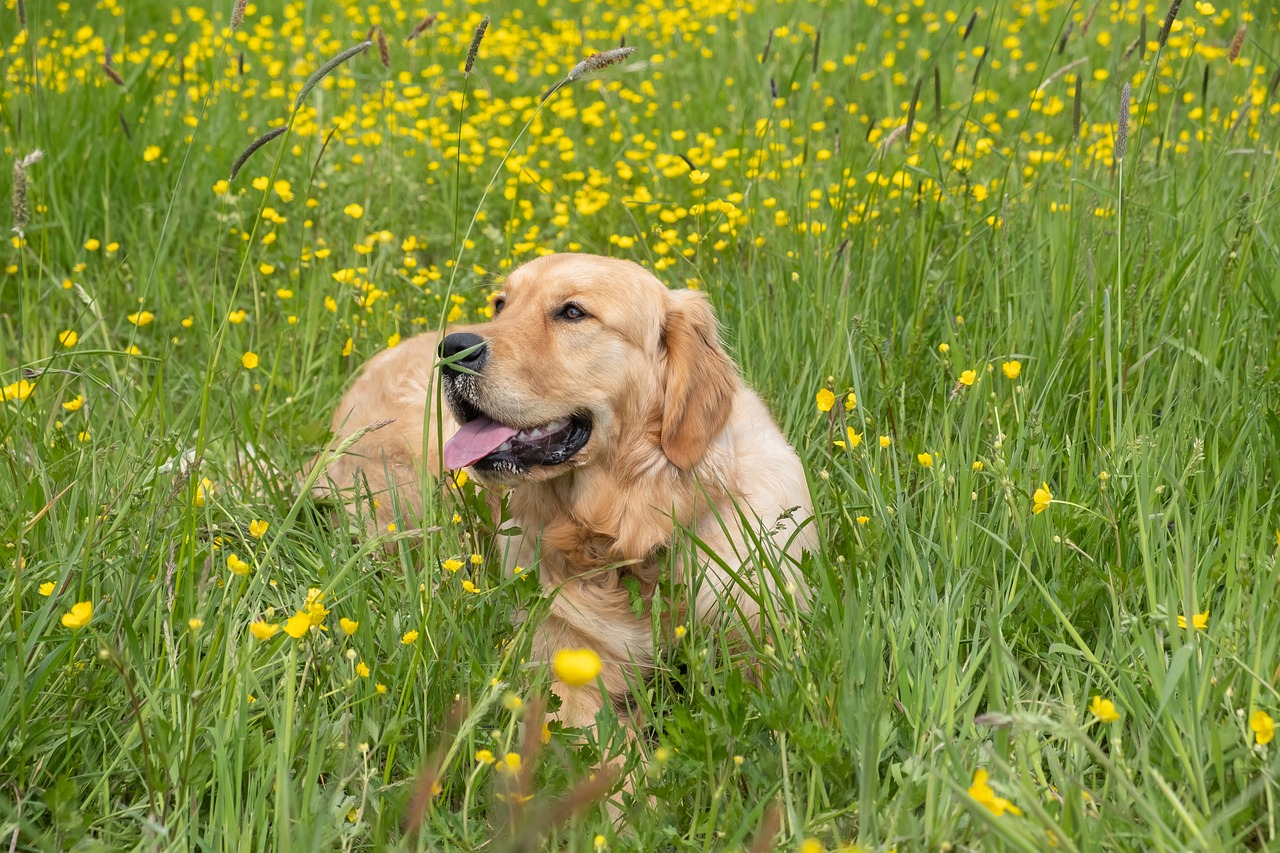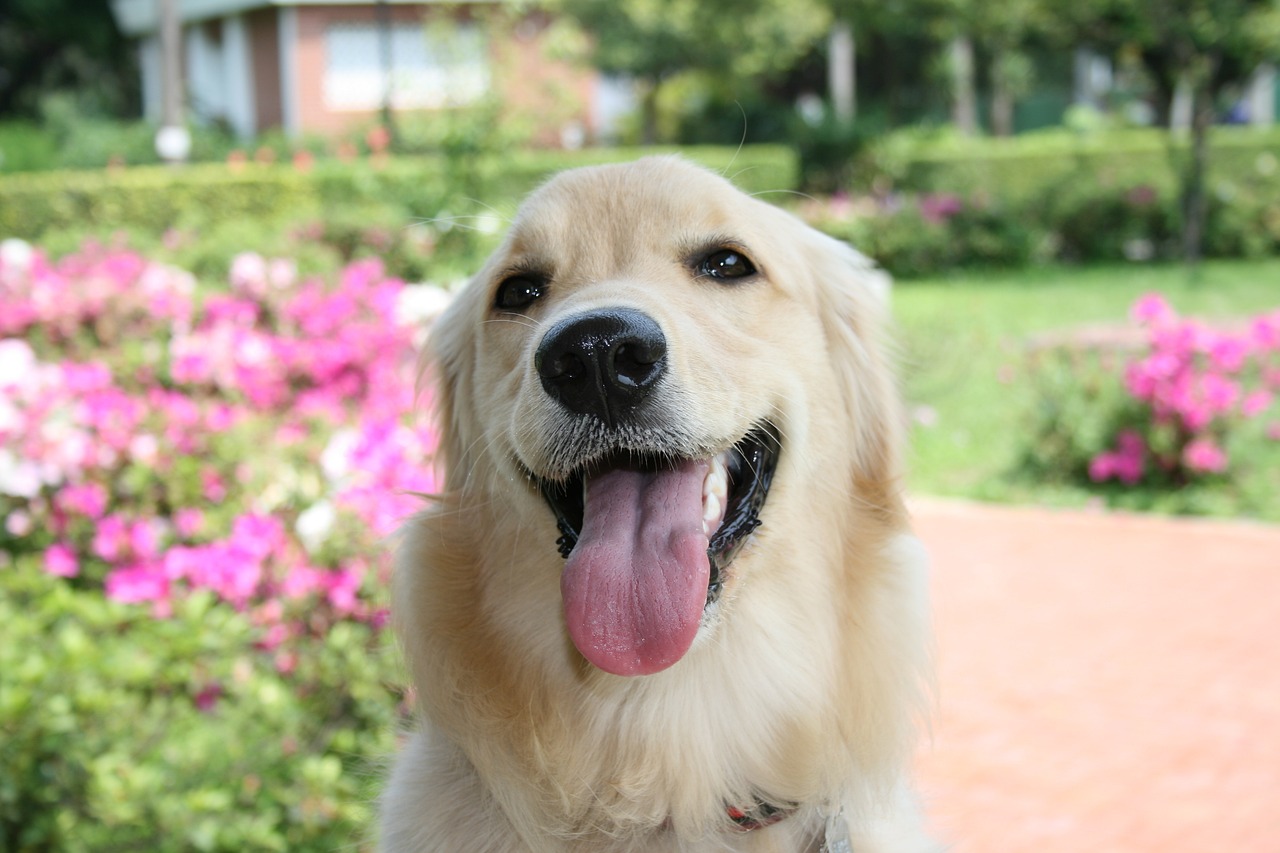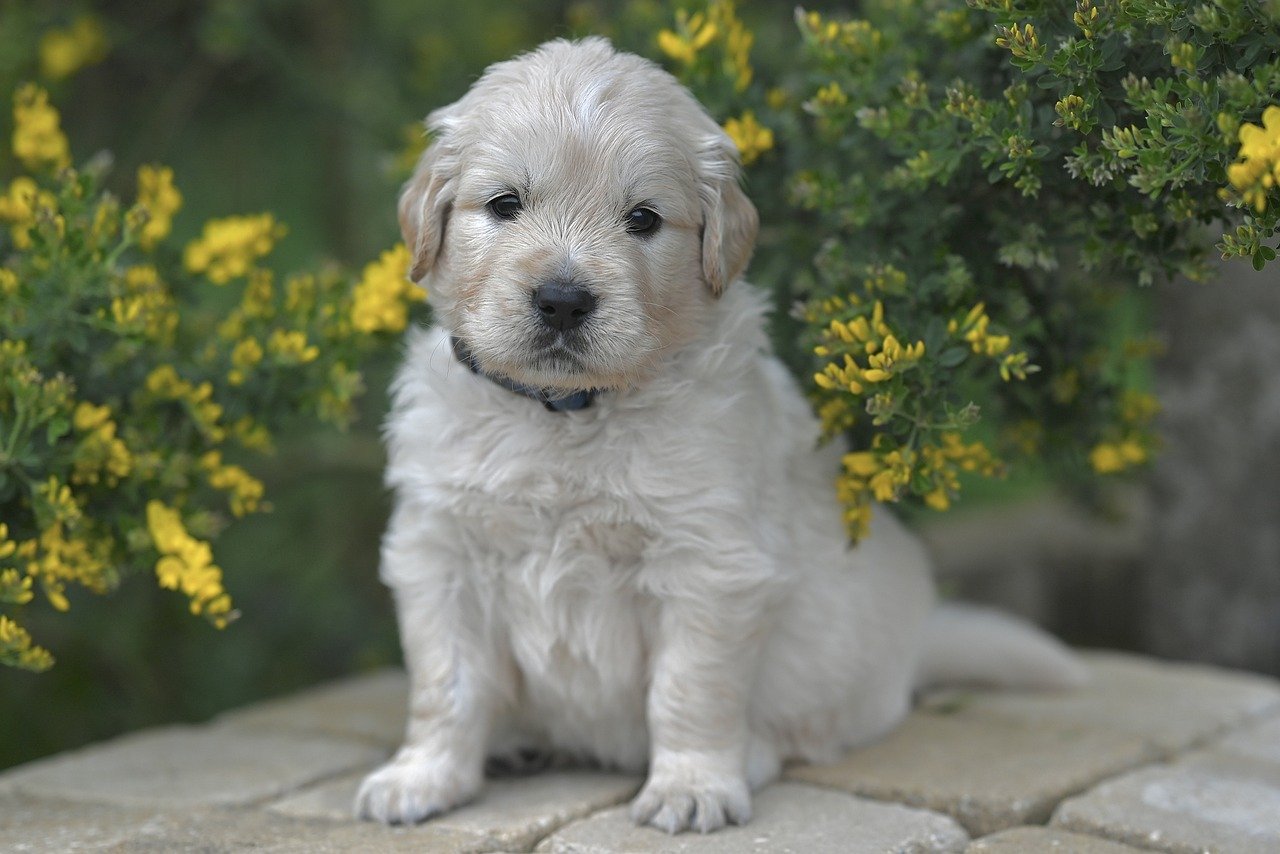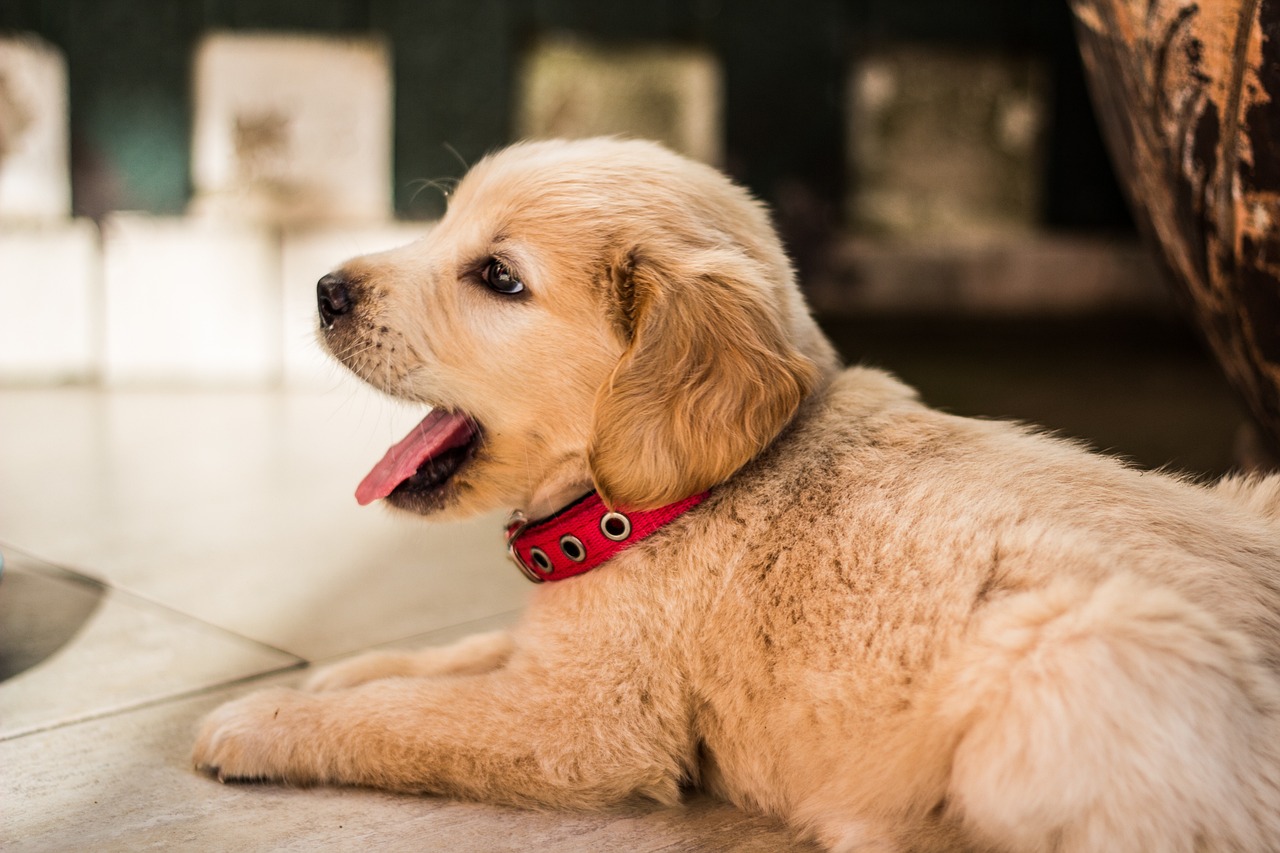As a Golden Retriever parent, you’ve probably watched your furry friend grow from a tiny ball of fluff into an energetic young dog. One of the most crucial decisions you will face during this journey is choosing the right time to transition from puppy food to adult dog food. This switch isn’t just about age – it’s about ensuring your Golden Retriever continues to receive the proper nutrition for their changing needs.
Making this transition at the right time is essential for your Golden Retriever’s health, growth, and long-term well-being. In this comprehensive guide, we’ll explore everything you need to know about when to switch Golden Retriever to adult food, including the optimal timing, signs to watch for, and how to make the transition smooth and stress-free.
Understanding Your Golden Retriever’s Growth Pattern

Golden Retrievers are known for their relatively slow maturation process compared to smaller dog breeds. While a tiny Chihuahua might reach physical maturity by 8-9 months, your Golden takes considerably longer to develop fully. This unique growth pattern directly influences when you should make the switch to adult dog food.
During the puppy stage, your Golden Retriever requires higher levels of protein, fat, and calories to support their rapid growth and development. The best puppy food for them is specifically formulated to meet these increased nutritional demands. However, as your dog approaches maturity, these heightened nutritional requirements begin to taper off. That’s why the food transition should happen in time.
When to Switch Golden Retriever to Adult Food?
According to our veterinarians, most Golden Retrievers should transition to adult dog food between 12 and 18 months of age. The most common age to make the switch is around 15 months, when many Golden Retrievers approach physical maturity.
However, this timeline isn’t set in stone. For each individual, it may vary depending on several factors:
Growth Rate and Physical Development
Every Golden Retriever develops at their own pace. Some may experience rapid growth spurts early on, while others grow more gradually. Monitor your dog’s growth curve against breed standards, and pay attention to how quickly they’re gaining height and weight. A dog that’s growing more slowly might benefit from staying on puppy food a bit longer.
Activity Level and Exercise Routine
Highly active Golden Retrievers, especially those involved in training or sports, may need the extra calories from puppy food for a longer period. Consider how much energy your dog expends daily through play, walks, and training sessions. More active dogs might need to transition later to ensure they’re getting adequate nutrition for their energy needs.
Read more >> How Much Exercise Does a Golden Retriever Need?
Current Weight and Body Condition
Your dog’s body condition score is crucial in determining the right time to switch. Puppies who are lean but healthy might benefit from extended time on puppy food, while those trending toward overweight might need to transition earlier. Regular weighing and body condition assessments help track this development accurately.
Overall Health Status

Any existing health conditions can impact the transition timeline. Dogs with certain health issues might need to switch earlier or later based on their specific needs. Always consult with your veterinarian if your Golden Retriever has any health concerns that might affect their nutritional requirements.
Neutering or Spaying Status
The timing of spaying or neutering can affect your dog’s metabolism and growth rate. Dogs who have been altered typically need fewer calories and might benefit from transitioning to adult food slightly earlier than intact dogs. This is because the hormonal changes can affect their metabolism and growth patterns.
Signs Your Golden Retriever Is Ready for Adult Food
This crucial phase of your Golden Retriever’s development requires careful observation. Let’s examine each indicator in detail to help you make an informed decision.
Physical Maturity Indicators
- Slowing of visible growth spurts: During the puppy phase, your Golden Retriever grows rapidly, sometimes gaining several pounds in just a few weeks. When you notice that your dog isn’t growing as quickly as before, it’s a key sign they’re approaching maturity. Track their height and weight measurements monthly – if the changes become minimal over two consecutive months, this indicates their growth rate is stabilizing.
- Achievement of near-adult height and length: Female Golden Retrievers typically reach their adult height between 12-14 months, while males might take slightly longer. When your dog’s height at the shoulder remains consistent for several weeks, they’re likely approaching their adult size. Measure their height every few weeks and note when it plateaus.
- Filling out of the chest and shoulders: A maturing Golden Retriever’s body structure changes noticeably. The narrow, puppy-like chest begins to broaden, and their shoulders become more pronounced. This “filling out” process is gradual but noticeable, especially when you look at monthly photos of your dog. The ribcage expands to its adult size, and the overall body shape becomes more proportionate.
- Development of adult coat texture: The transition from puppy fur to adult coat is a significant indicator of maturity. Your Golden’s soft, fluffy puppy coat will gradually be replaced by a thicker, more water-resistant adult coat. This change usually begins around 8-10 months and completes by 15-18 months. The adult coat is usually slightly darker and has more distinctive feathering on the legs, tail, and chest.
- Stabilization of weight gain: In the final stages of growth, weight gain becomes more gradual. Rather than gaining several pounds monthly, your dog’s weight increases slow to about a pound or less per month. Keep a weight chart and notice when the rapid gains begin to level off. This stabilization typically occurs between 12-15 months of age.
Behavioral Changes
- Decreased appetite for puppy food: As your Golden Retriever matures, their ravenous puppy appetite often diminishes. You might notice them leaving food in their bowl or being less enthusiastic about mealtimes. This change occurs because their growth-related energy needs are decreasing. However, monitor this change carefully to ensure it’s not related to health issues.
- More consistent energy levels throughout the day: Puppy energy comes in intense bursts followed by deep sleep. As your Golden matures, their energy patterns become more predictable and balanced. They can stay awake longer without getting overtired, and their play sessions become more measured rather than frenzied. This energy stabilization usually occurs gradually between 12-18 months.
- Less frequent feeding needed to maintain satisfaction: Young puppies need frequent meals to maintain their energy and support rapid growth. As your Golden Retriever matures, they can comfortably go longer between meals without becoming hungry or irritable. If your dog can maintain healthy weight and energy levels with two meals per day instead of three or four, it’s a sign they’re ready for adult food.
- Mature activity patterns emerging: Watch for signs that your dog is developing more adult-like behavior patterns. This includes better focus during training, improved impulse control, and more consistent sleeping patterns. They might show more interest in sustained activities like fetching or swimming rather than quick bursts of puppy play.
Making the Transition: A Careful Approach

The transition to adult food represents a significant change in your Golden Retriever’s life, and it’s essential to approach it methodically. Before beginning the switch, ensure you’ve selected a high-quality adult dog food that meets your Golden’s nutritional needs. Consider factors such as ingredient quality, protein sources, and whether the brand has undergone feeding trials.
Timing is crucial for a successful transition. Choose a period when your household routine is stable, avoiding times of high stress or change. This might mean waiting until after a vacation or a move to begin the switch. A calm, consistent environment will help your dog adjust better to their new diet.
Our experts have suggested a 7-day transition plan for you to follow:
- Days 1-2: 75% puppy food, 25% adult food
- Days 3-4: 50% puppy food, 50% adult food
- Days 5-6: 25% puppy food, 75% adult food
- Day 7: 100% adult food
Common Challenges During the Transition
Digestive Sensitivity
Digestive issues are among the most common challenges during the transition to adult food. Some dogs may experience loose stools as their digestive system adapts to the new protein sources and nutrient ratios in adult food. This adjustment period is normal but requires careful monitoring. If your Golden Retriever develops diarrhea, temporarily slow down the transition process by reverting to the previous ratio of puppy to adult food.
Decreased appetite might occur as your dog adjusts to the new flavors and textures of adult food. This is usually temporary, but if it persists for more than two days, consider warming the food slightly or adding a small amount of low-sodium broth to enhance palatability. Always ensure fresh water is available, as proper hydration helps maintain digestive health during the transition.
Mild stomach upset, including occasional vomiting or excess gas, might occur during the first few days of introducing adult food. These symptoms should resolve quickly as your dog’s system adapts. If vomiting persists or your dog shows signs of discomfort, consult your veterinarian immediately. They might recommend a more gradual transition or suggest a different adult food formula that better suits your dog’s digestive system.
Maintaining Proper Weight

Weight management becomes particularly crucial during the transition to adult food. The lower calorie content of adult food means you’ll need to adjust portion sizes carefully to maintain your Golden Retriever’s ideal body condition. Regular weighing – ideally weekly during the transition period – helps you track any unexpected weight changes.
Some Golden Retrievers might experience temporary weight loss during the switch, while others might gain weight if they’re receiving too much food. Keep detailed records of your dog’s weight and adjust portions accordingly. Remember that adult dogs generally need fewer calories per pound of body weight compared to puppies, so don’t be surprised if the recommended portion sizes seem smaller than what your dog ate as a puppy.
The Bottom Line
Transitioning your Golden Retriever to adult food is a significant milestone in their development. By paying attention to their individual growth patterns, watching for readiness signals, and following a gradual transition plan, you can make this change smoothly and successfully. Remember that every Golden Retriever is unique, and while guidelines are helpful, your dog’s specific needs should guide your decisions.
If you’re ever uncertain about when or how to make the switch to adult food, don’t hesitate to consult with your veterinarian. They can provide personalized advice based on your Golden Retriever’s individual health status and development. With proper planning and attention, you can ensure your beloved companion continues to thrive on their new adult diet.

With years of expertise as a pet care writer, I’ve acquired a specific interest in Golden Retrievers, who are one of the most popular and beloved dog breeds. Although I do not own a Golden Retriever, my extensive study and talks with pet professionals enable me to offer useful and reliable articles for dog owners. My work on this website covers important areas such as diet, grooming, and training for Golden Retrievers. My goal is to provide readers with the information they need to keep their dogs healthy and happy.


